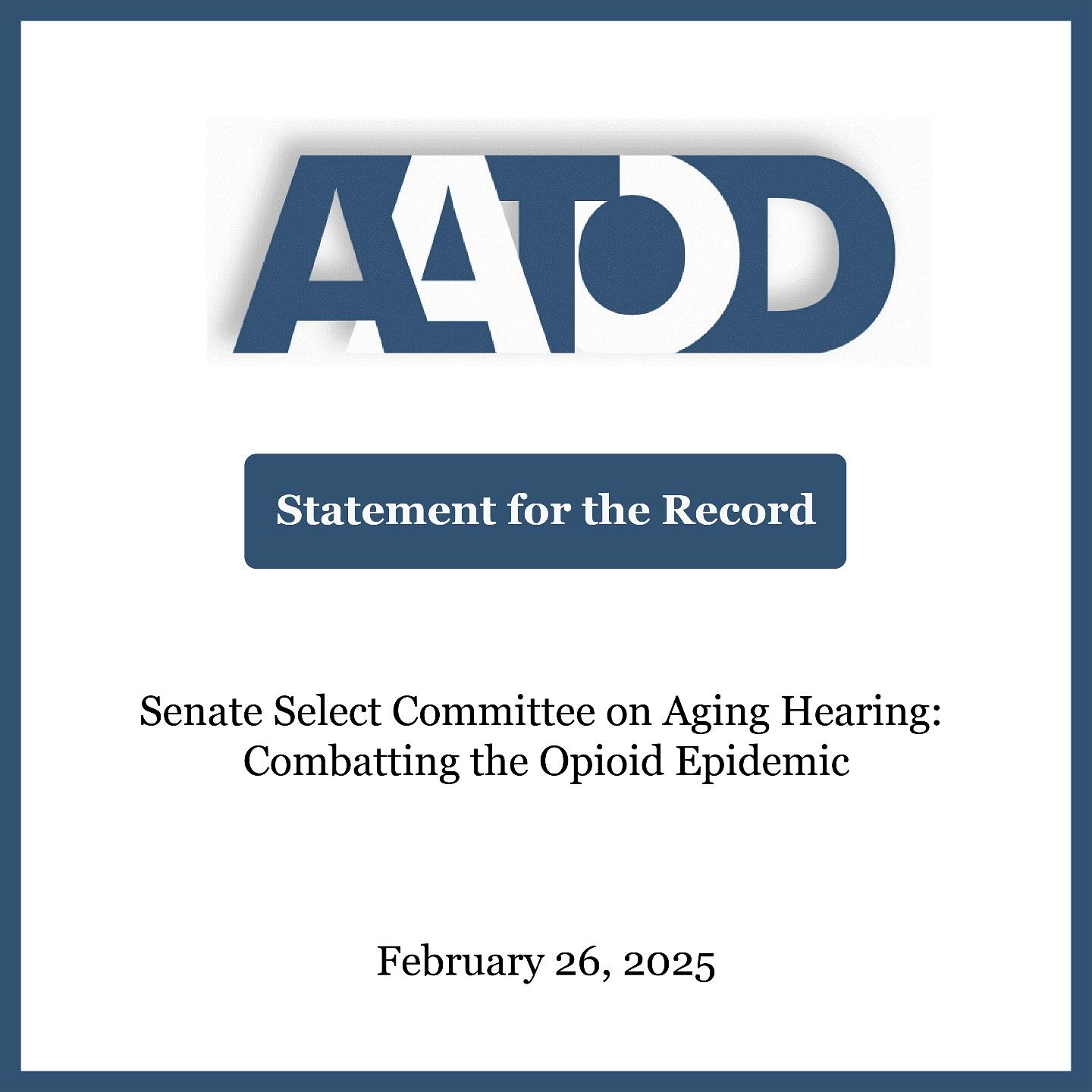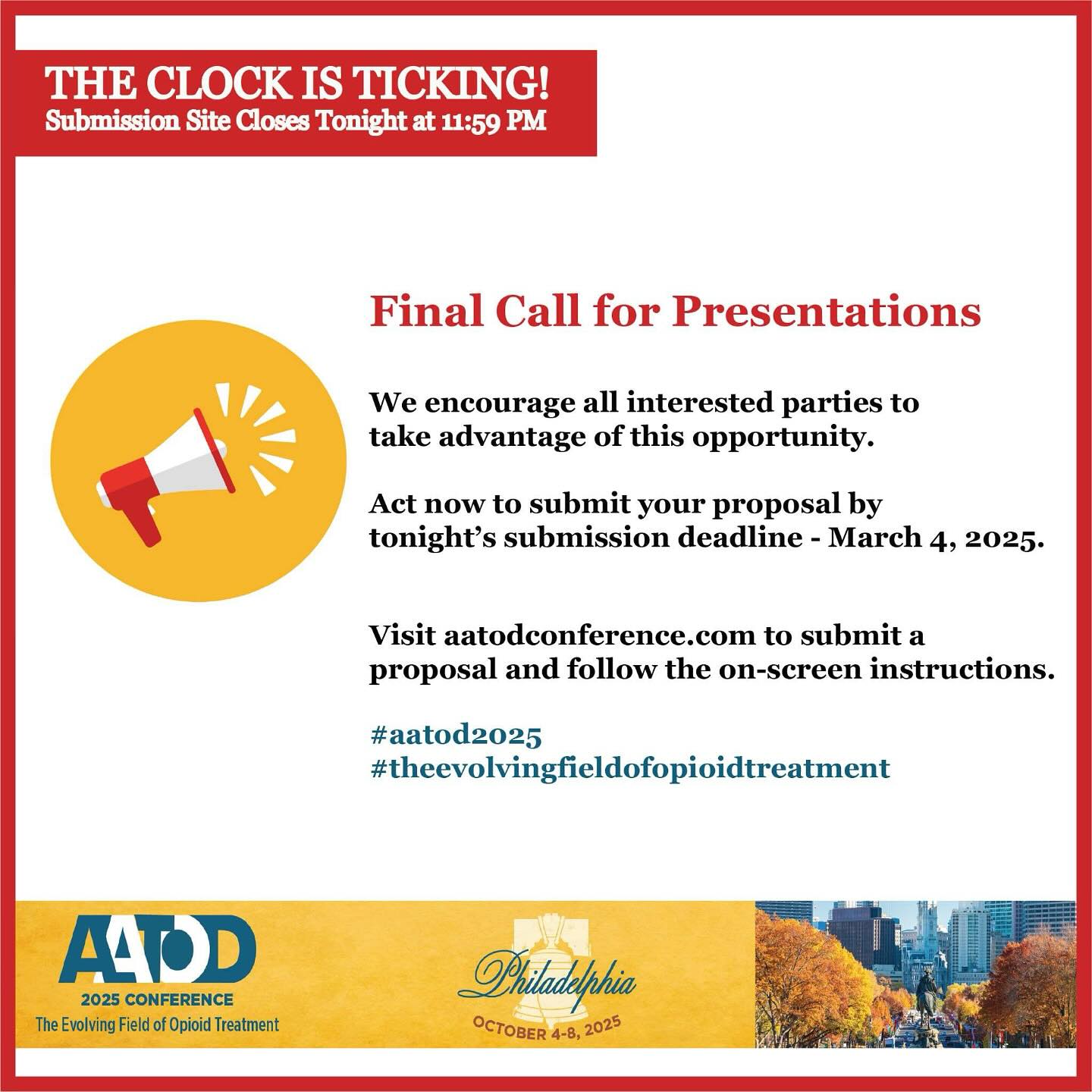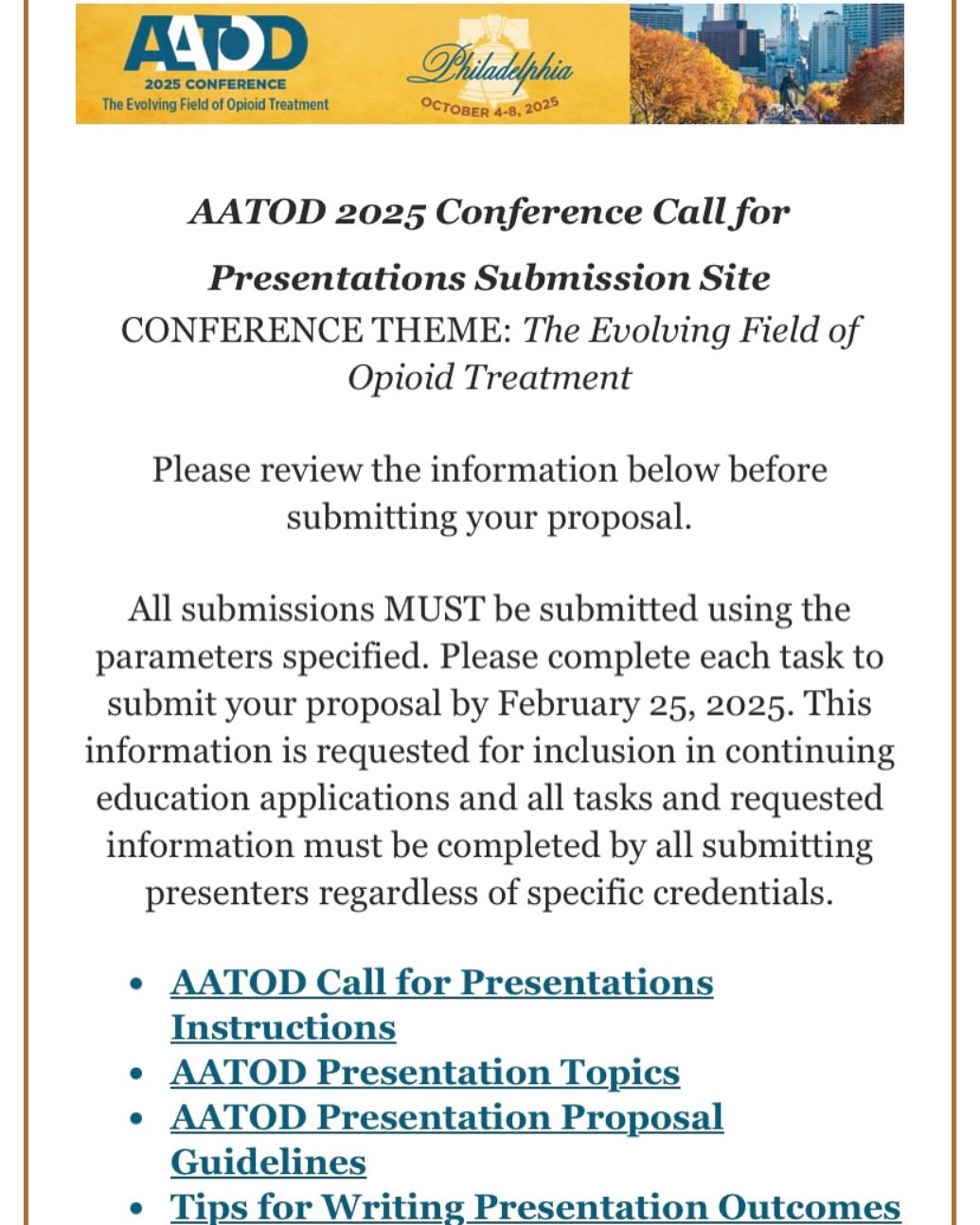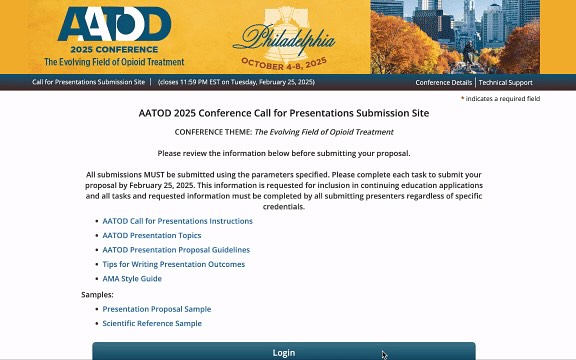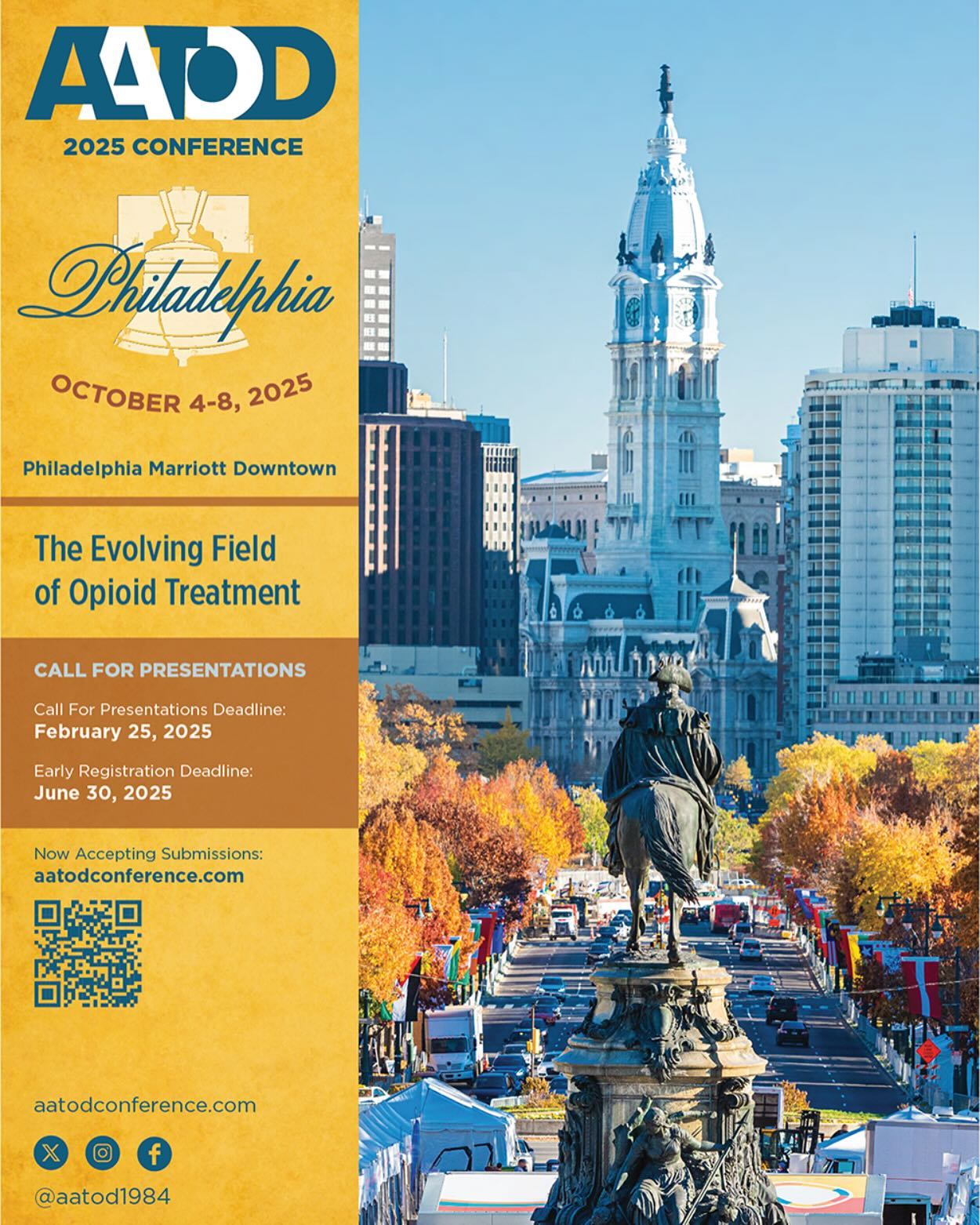AATOD Guidance to OTPs in Response to the Coronavirus (COVID-19)
Maintaining Adequate Supplies of Medications and Other Vital Materials
OTPs should determine their medication management needs in order to ensure they have the proper inventory needed to treat patients effectively as more take-home medication will be required, especially if the program falls within a quarantine zone. Inventory also includes medical supplies and equipment that the programs will need to function and effectively treat patients. Please keep in mind that this is a rapidly changing event and programs need to be as prepared as possible to deal with such ongoing challenges (see CDC webpages: Steps Healthcare Facilities Can Take Now to Prepare for COVID-19 and Interim Guidance: Public Health Communicators Get Your Community Ready for Coronavirus Disease 2019 (COVID-19)).
Facility Infectious Disease Control Standards
There are standards already in place for OTPs regarding infection control. You are advised to increase maintenance standards throughout all public access points throughout the OTP as well as all other facilities and programs under your auspices.
This includes making sure that clean water is used when mopping floors based on typical maintenance standards, in addition to being sure that supplies e.g., soap, water and towels/proper drying equipment are available in all staff and patient bathrooms. In addition to posted handwashing protocols, there should be adequate availability of hand sanitizer throughout the facility, as well as, federal, state, and local advisories.
The staff who manage maintenance in the facility need to be attuned to more thorough cleansing of tables, counters and all other surfaces where a virus can live. Be certain to have sufficient cleaning supplies in your inventory.
Protect Your Workforce
Protect your workforce:
- Screen patients and visitors for symptoms of acute respiratory illness (e.g., fever, cough, difficulty breathing) before entering your healthcare facility. Keep up to date on the recommendations for preventing spread of COVID-19 on CDC’s website.
- Ensure proper use of personal protection equipment (PPE). Healthcare personnel who come in close contact with confirmed or possible patients with COVID-19 should wear the appropriate personal protective equipment when at all possible.
- Conduct an inventory of available PPE. Consider conducting an inventory of available PPE supplies. Explore strategies to optimize PPE supplies. Clearly, this depends on getting additional supplies including masks and gowns.
- Encourage sick employees to stay home. Personnel who develop respiratory symptoms (e.g., cough, shortness of breath) should be instructed not to report to work. Ensure that your sick leave policies are flexible and consistent with public health guidance and that employees are aware of these policies.
Protect Your Patients
- Stay up-to-date on the best ways to manage patients with COVID-19.
- Separate patients with respiratory symptoms so they are not waiting among other patients seeking care. Identify a separate, well-ventilated space that allows waiting patients and visitors to be separated.
- Consider the strategies to prevent patients who can be cared for at home from coming to your facility potentially exposing themselves or others to germs, like:
-
- Using your telephone system to deliver messages to incoming callers about when to seek medical care at your facility, when to seek emergency care, and where to go for information about caring for a person with COVID at home.
- Adjusting your hours of operation to include telephone triage and follow-up of patients during a community outbreak.
- Leveraging telephone/video conferencing for counseling sessions and self-assessment tools.
Staff and Patient Testing
Since our patients are already vulnerable based on pre-existing conditions, the program should consider the testing of patients or referring to a facility that offers testing, when such tests become available, especially older patient groups, pregnant women, and patients that have history of respiratory, cardiac, diabetic and other chronic illnesses. Clearly, this is based on the availability of testing and programs should work with local health departments and health care facilities to provide needed access.
For the purposes of maintaining the highest protection standards in OTPs, it may be prudent that staff in high risk categories consider testing since infected individuals can be completely asymptomatic.
Oral and Urine Drug Screening
It is recommended that oral fluid toxicology testing be suspended.
Staff Protections
Medical personnel conducting physical examinations or otherwise directly interacting with patients, should also consider additional protective gear including face masks, gloves and other appropriate protections when at all possible. This should be done in a manner that does not raise undue fear in the patients.
SAMHSA/SOTA/OTP Coordination
If patients test positive, providing take-home medication needs to be considered using the exception process when applicable. SAMHSA and the SOTAs have taken action to accelerate rapid approval since this is a health emergency (see SAMHSA publication: “Taking Care of Your Behavioral Health- Tips for Social Distancing, Quarantine, and Isolation During an Infectious Disease Outbreak”). Blanket exemptions are now permitted by SAMHSA in states with declared emergencies and SOTAs will be submitting those requests on behalf of the OTPs in their states. In states that have not declared emergencies, SOTAs can work with OTPs to obtain blanket exemptions as needed OTPs should be communicating what is happening with their patient community with State Authorities and SAMHSA as need be so that appropriate action can be taken rapidly. SAMHSA has posted information about these issues on their website (www.samhsa.gov).
If staff test positive, they should be sent home and self-quarantined for 14 days unless a greater intervention is medically required.
Curbside dosing should be considered if you are concerned about a symptomatic patient coming to the clinic. This should be in accordance with instruction per your SOTA. Suggestions for curbside dosing include:
- The nurse can prepare the dose, put it in a locked box, and with the escort of security, dose the patient outside of the clinic area.
- Prepare take-home doses consistent with your clinic protocols and provide them to patients in this same way with appropriate ID verification.
- For patients who you deem ineligible to manage take home doses safely, consider identifying a patient’s family member or stable support and, with the patient’s informed consent, provide education about safe storage, chain of custody procedures, and dosing instructions for them to administer the patient’s dose.
Considerations for Take-Home Medication
As is always the case, the consideration of providing take-home medication is based on individual risk/benefit assessments. Clearly, there are a number of patients in treatment who are not clinically stable, which is why so many are attending the program 6 or 7 days a week, depending on the program’s operating schedule. Programs may consider staggered dosing days (organized by alphabet, patient ID, etc.) to manage increased distribution of medication. Consider limiting the number of patients in the waiting areas and practicing safe social distancing whenever possible. In addition, as states and cities impose curfews, programs will need to operate in such guidance.
Providing significant take-home medications to unstable patients should be considered very judiciously. As a reminder, we are still in the midst of a changing opioid epidemic with many opioid related overdoses each day. If unstable patients are being given take-home medication, they should also be given access to Narcan® kits. This may be a challenge for some OTPs depending on the state or county’s regulations governing the utilization of Narcan® kits in or through an OTP.
For stable patients who are participating in the program on a once–a–week (or even less) basis, the decisions are less complex. There are considerations around reimbursement that should be discussed with the State Opioid Treatment Authorities in addition to third-party reimbursement representatives. In this case, protecting the patients, staff and public health is the top priority.
The most challenging situation is the provision of clinically unstable patients with take-home medication. Once again, if the program happens to be in a geographically quarantined area, it will require a blanket exception approach. As noted, this will be dealt with on a state-by-state basis per SAMHSA guidance released March 13, 2020.
Having a quarantined geographic area clearly presents the greatest challenge which will require a program to provide patients with take-home medications. Hospital emergency departments (ED) do not typically engage in dispensing OUD medications. The EDs will be dealing with increasing admissions of people who are fearful of being infected and people that have been infected and need to be treated. It is prudent to connect with your area emergency departments about their process for handling symptomatic patients, anticipated issues that they may encounter with your OTP patients, and how they may contact your OTP.
It is not recommended that programs use blanket exceptions to provide take-home medications to unstable patients unless the OTP is in a quarantined region. Although we do not want infected patients to come to the program and pose increased risk for the spread of this virus even further, there are liability related issues as well as risks for OTPs to be implicated in contributing to increasing opioid related overdoses. Keep in mind that no matter what the issue, we still exist in a litigious environment. This is why clinical personnel need to balance risk against need/benefit.
We hope that this basic guidance will be helpful. We know that State Authorities are considering methods of dealing with this challenge and OTPs are advised to work in conjunction with the State Opioid Treatment Authorities.
For the most up to date info on responses to COVID19 for the Treatment field go to https://www.samhsa.gov/. For the latest information on infection control guidance for healthcare personnel and healthcare facilities go to the CDC at https://www.cdc.gov/coronavirus/2019-ncov/index.html












